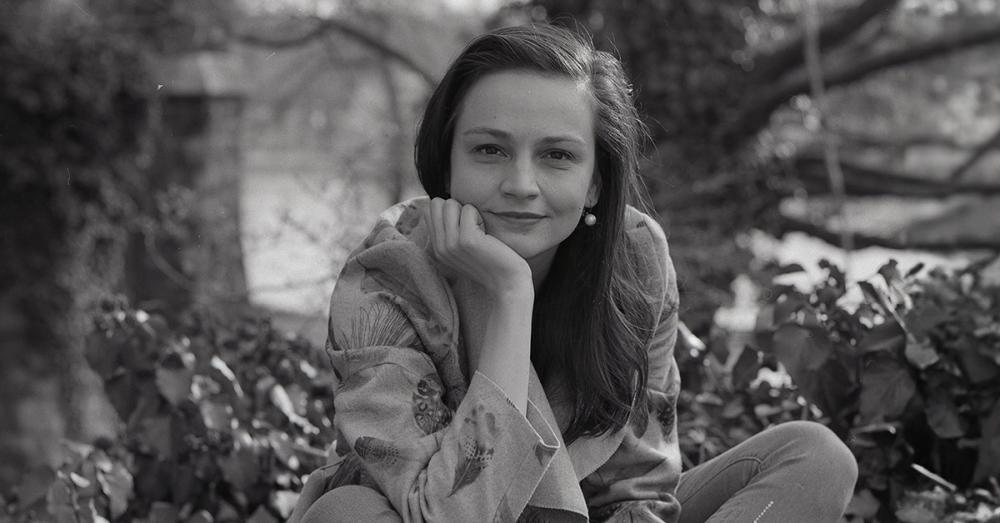
A FŐSODORBAN
Petőfi és európai kortársai
Ami Petőfi hatástörténetét illeti, a magyar irodalomtörténetben figyelemre méltó jelenség, hogy művei, valamint élete és jelleme mennyire rímelnek az európai romantikus szerzők, például Lord Byron vagy Heinrich Heine műveire. Heinéhez hasonlóan Petőfinek is sikerült a „népdal” műfaját irodalmi formává alakítania. Heine és Petőfi nemcsak a népköltészet törekvéseit legitimálta saját nemzeti irodalmukban, hanem a köznyelvi nyelvhasználatot vagy az új komikus eposzokat is. A „byronizmus” és a (kevésbé elterjedt, de létező) „petőfizmus” kapcsán érdemes egy pillantást vetni arra is, hogy e két romantikus költő miként építette fel romantikus írói mivoltát szimbolikus portrékon, saját mítoszteremtésén vagy önmaga kulturális produkcióként való megteremtésén keresztül. Az előadásomban – a 19. századi Gesamtkunstwerk kapcsán – igyekszem kiemelni a nyilvánvaló kapcsolatokat e romantikus költők között, nemcsak a szövegek, hanem a portréfestészet és a zene által is.
IN THE MAINSTREAM
Petőfi and his European Contemporaries
As far as the history of Petőfi’s influence is concerned, it is a remarkable phenomenon in the history of Hungarian literature that his works, as well as his life and character, rhyme so well with those of European Romantic authors, such as Lord Byron or Heinrich Heine. Just like Heine, Petőfi also succeeded in turning the “folk song” genre into a literary form. Heine and Petőfi legitimized not only the efforts of folk poetry, but also the use of colloquial language or new mock epics in their own national literature. With regard to “Byronism” and (the less extensive, but existing) “Petőfism”, it is also worth glancing at how these two Romantic poets built their Romantic authorship through symbolic portraits, their own myth-making or creating themselves as cultural productions. In my presentation – on the 19th century Gesamtkunstwerk – I tend to highlight the obvious connections between these Romantic poets, not only through texts, but also through portraits and music.